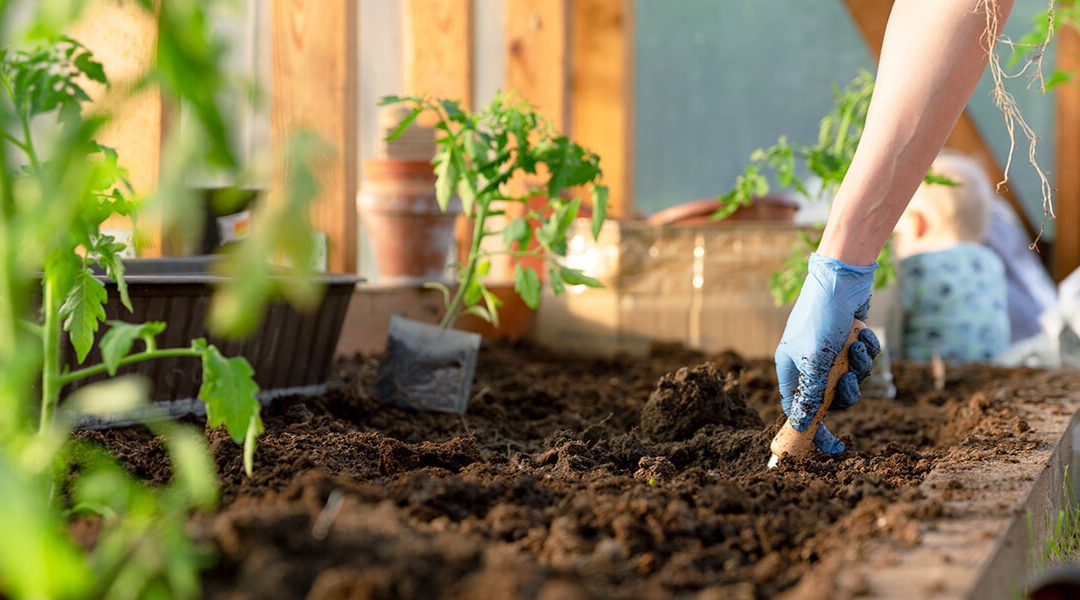“In the spring, at the end of the day, you should smell like dirt” ~ Margaret Atwood
As plants start to grow, it’s time to sync into the rhythm of the seasons and set up a gardening routine. We call it maintenance, but we’re not merely maintaining the garden—we’re working to help it flourish. Those quiet hours of weeding and watering are what so many beginners and expert gardeners look forward to. But everyone can still use a few gardening tips to help cut down on the work!
Weeding Basics
A weed is any plant in the garden that you didn’t intend to grow. They serve an important role in the natural landscape—preventing erosion and creating conditions for more plants to take root. But left unchecked in the garden, they outcompete the plants we want. For many beginners and experts alike, weeding is a relaxing job to enjoy the outdoors, but for others, it’s a tedious chore to minimize at all costs. No matter your approach, here a few gardening tips to help you weed!
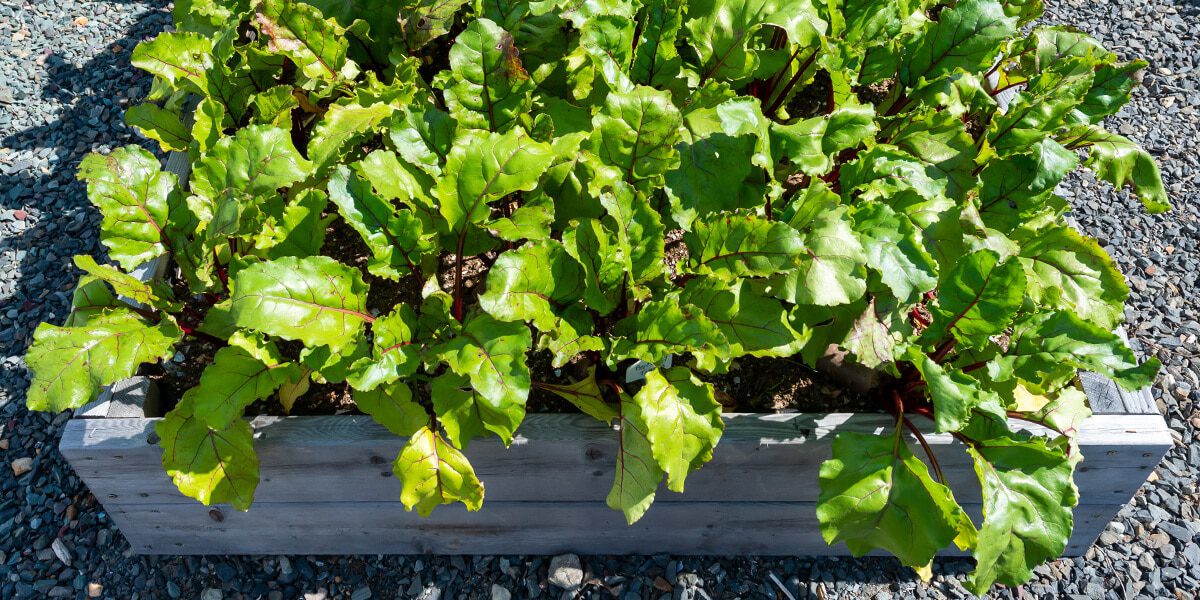
Plant densely: Everyone loves the look of a full garden, and it’s always nice to maximize your growing space while minimizing areas for weeds to grow. By planting densely, you can create this effect, but don’t go too dense or you’ll stress the plants and cultivate conditions for pests. Just find that sweet spot, so your soil is full of garden plants with limited space for weeds to invade.
Use a garden hoe: Some weeds, especially when they’re still seedlings, can be scraped away with a garden hoe. It’s an easy way to keep your vegetable rows tidy, but it doesn’t remove weeds that regrow from the roots.
Get to the root of the problem: Dandelions, thistles, grass, and other weeds can regrow from the root. You can chop away the leaves all you want, but they’ll rebound in short order. When weeding these plants, use a weeder, trowel, spade, or garden fork to dig out all of the roots.
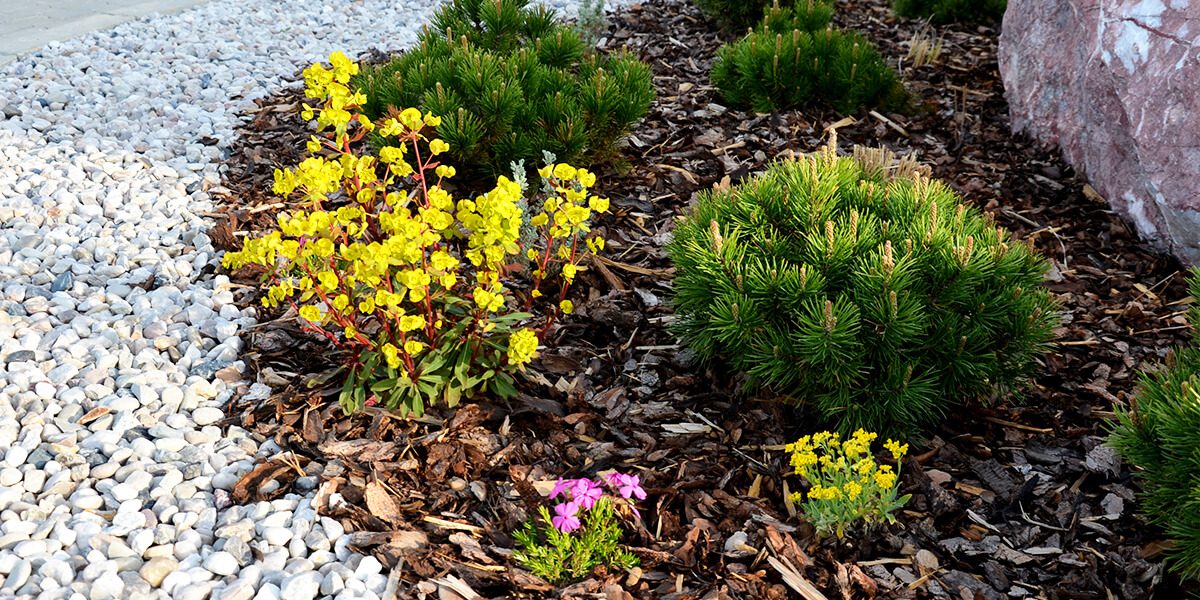
Mulch the soil: A layer of mulch on the soil blocks sunlight to germinating weeds and prevents other seeds from growing on top. Many beginners and green thumbs mulch both vegetable gardens and flower beds, as you’ll learn below.
Eat them: You may not have intended to grow it, but when a gift shows up in your garden, why not use it? Not all weeds are edible, but some are worthy of your salad bowl, like dandelion, lambsquarters, and purslane. Be double-sure to research and identify them correctly, and never eat a plant that’s been sprayed with pesticides.
Gardening Tips on Mulch
Mulch helps the plants retain moisture, cuts down on weeding, and, if it’s organic, brings nutrients into the soil. Mulch also comes in various colors and styles, allowing you to customize your garden style. Here are some gardening tips to get mulch working for you!
Mulch for flower beds: Both beginner and advanced gardeners use wood chips and bark mulch around their flower beds, shrubs, and trees. The mulch gives the garden a beautiful, cohesive appearance and feeds the soil as it breaks down slowly.
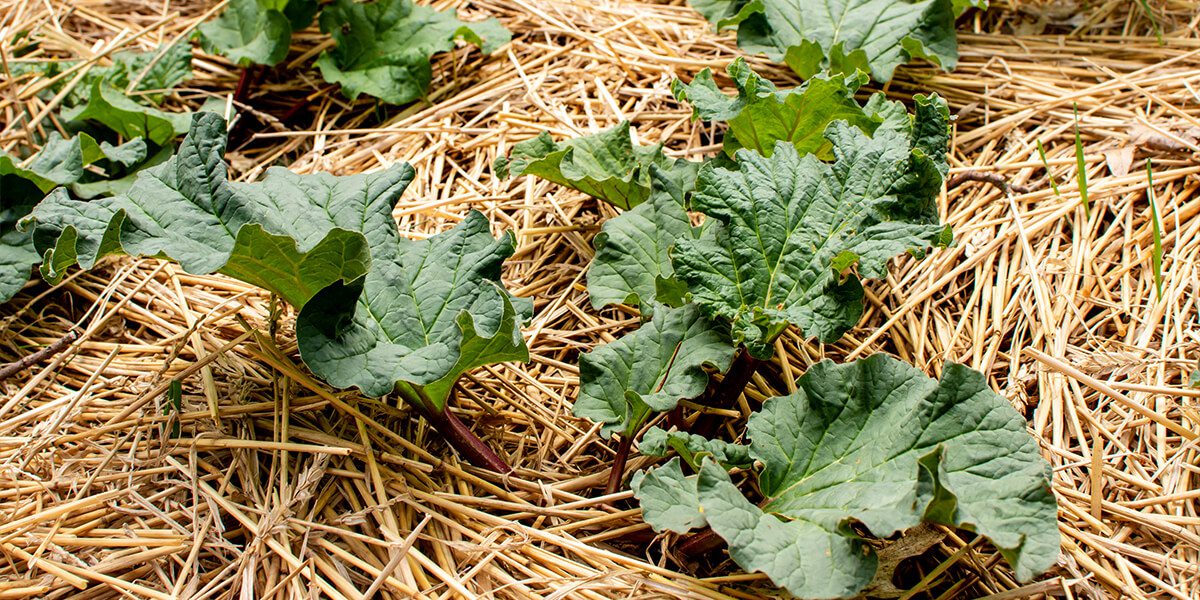
Mulch for a vegetable garden: Wood chips and bark mulch can get in the way of seeds sprouting, and they’re not easily turned into the soil at the end of the year. But wood chips still work around large, moisture-loving plants like tomatoes or peppers. In other parts of the veggie plot, it’s best to use a mulch that decomposes faster, like straw, grass clippings, leaves, or sawdust.
Gardening Tips on Watering
Watering is arguably the most important maintenance task throughout the season. Each plant has its own needs. At the beginning of the season, you can group plants with similar needs together to make watering easier. Soaker hoses or setting the sprinkler on a timer are easy ways to make watering more manageable. For more gardening tips on this subject, dive into our blog on the best watering practices for beginners!
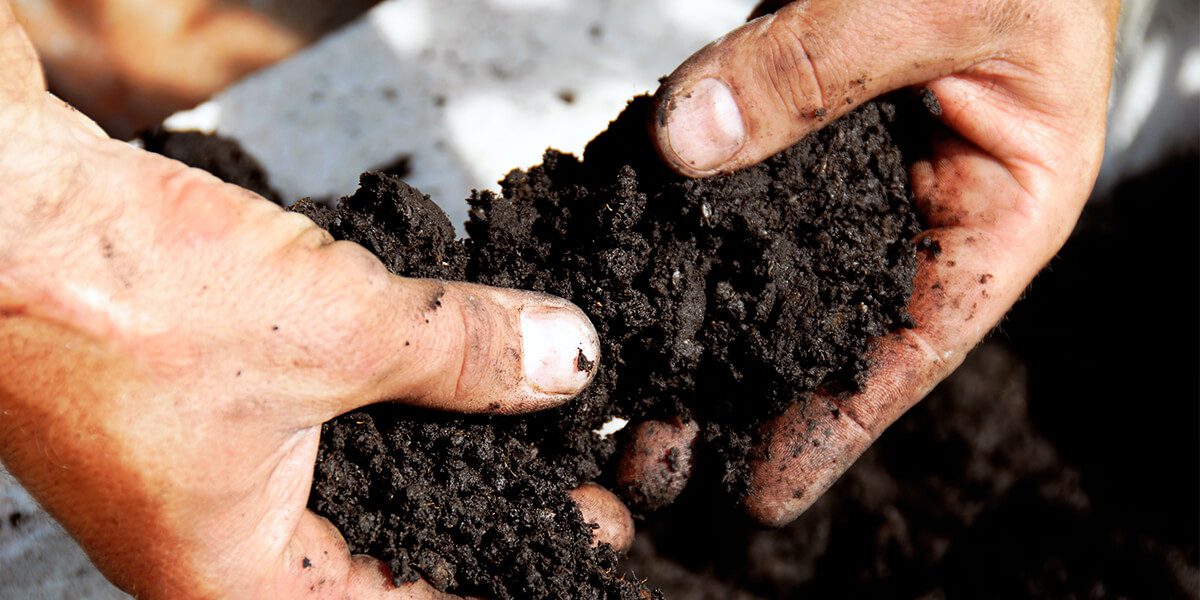
Tips on Fertilizing the Garden Mid-Season
If you add compost or manure in the spring or fall, your soil fertility will be set for the whole season, and you usually won’t need to fertilize. However, some heavy feeders do benefit from extra compost or organic fertilizer as they grow. You can spread or “side-dress” (compost around the base of the plant), and the good stuff will slowly percolate down to the roots.
Dig into our article on soil fertility for more beginner gardening tips on the topic!
While maintenance is often a daunting word, it’s all the small weeding and watering that gives birth to a flourishing garden.
Gardening Tips for Pest Prevention
Besides weeds, we also have to watch for unwanted insects and fungi. And just like weeding, it’s much easier to take care of the problem when it’s small. Prune off infected plant matter as soon as you see it. If the infestation persists, take measures to solve the problem before the bugs spread to other plants. The gardening experts at our nurseries would be happy to identify pests and give tips for solutions!
While maintenance is often a daunting word, it’s all the small weeding and watering that gives birth to a flourishing garden. And it’s the hours outside in the garden that become the most cherished part of the summer, whether you’re just a beginner or seasoned grower.
Platt Hill Nursery is Chicago’s premier garden center and nursery.

